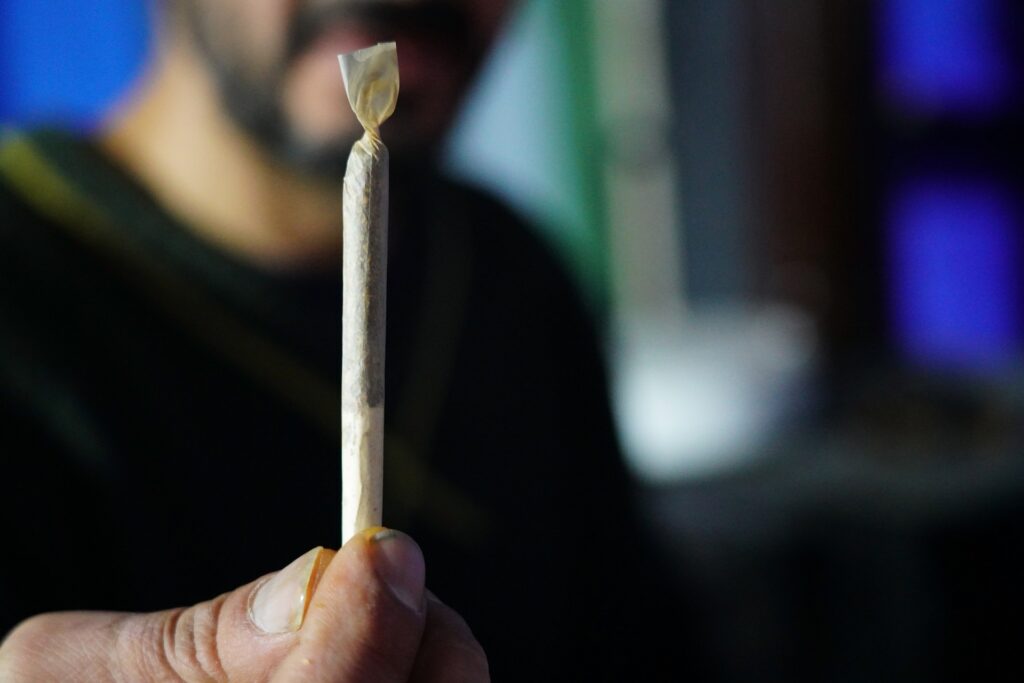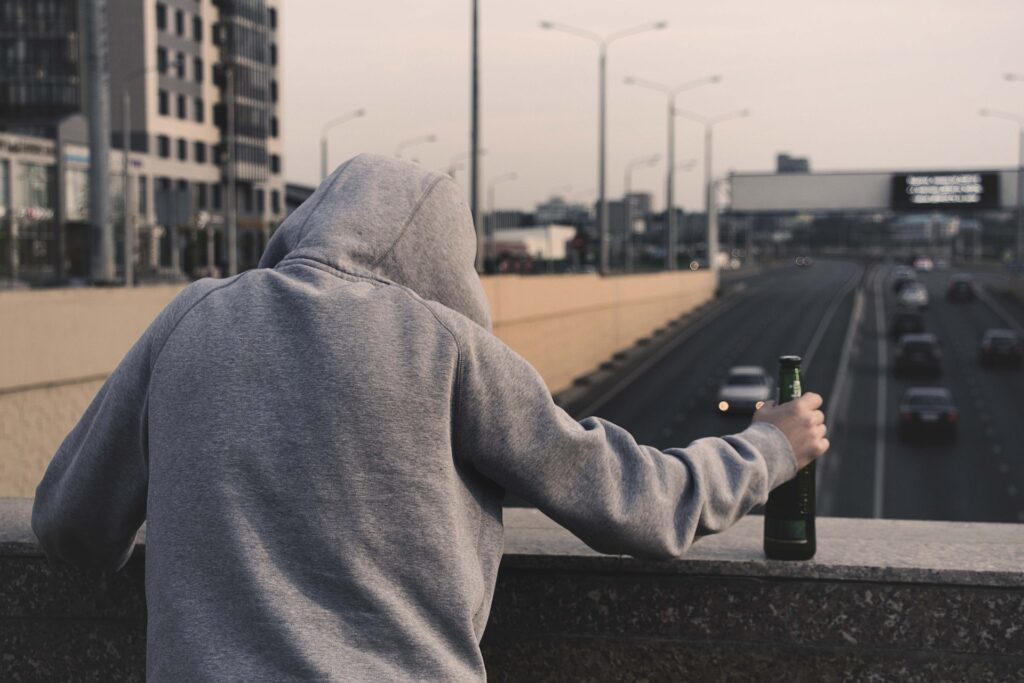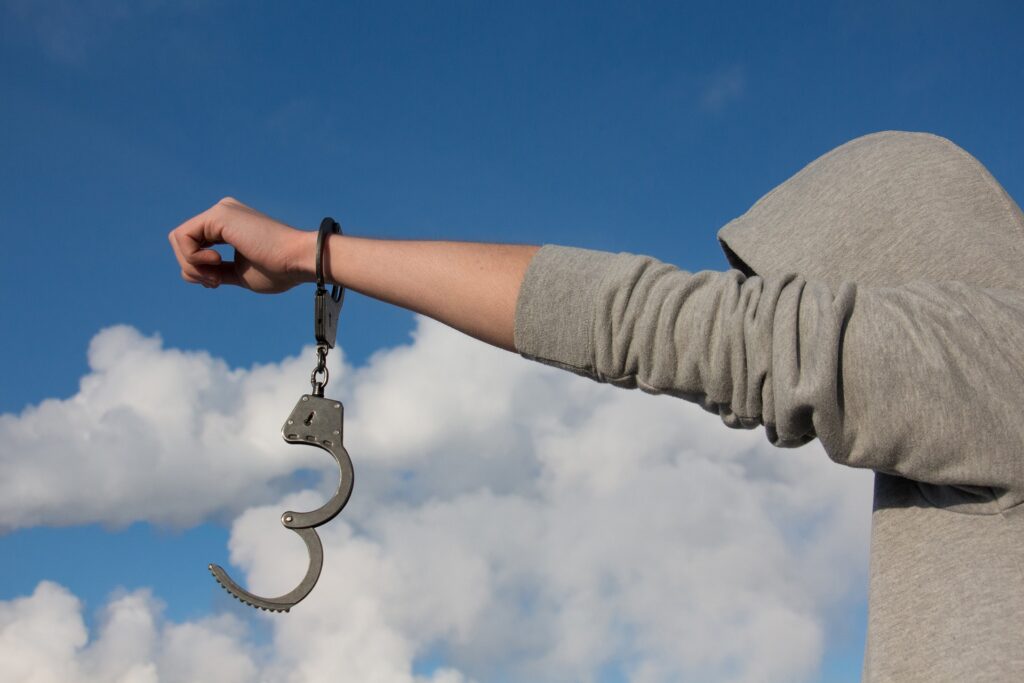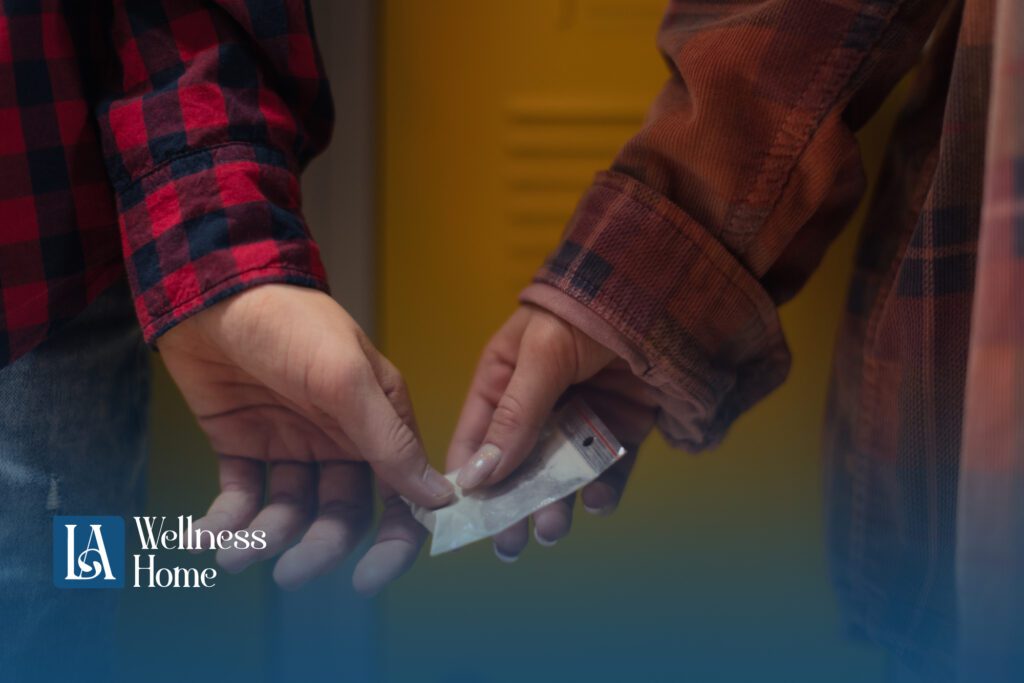As teens navigate through the ups and downs of adolescence, they often encounter pressures and temptations, including those associated with drug use. It’s essential to shed light on the most common drugs that teens may encounter to help them make informed decisions and stay safe.
From nicotine-packed tobacco products to the allure of alcohol and the rising popularity of marijuana, there’s no shortage of substances that can potentially derail a teen’s journey toward a healthy future. Can you guess what is the number one drug used by teens?
In this article, we’ll explore the prevalent drugs abused by teens, uncovering the risks and consequences associated with their use. By understanding these dangers, teens can equip themselves with the knowledge to resist peer pressure and make choices that prioritize their well-being.
So, let’s dive into the world of teen drug use and arm ourselves with the facts needed to navigate these challenges effectively.
Tobacco and Nicotine Products

These include cigarettes, vaping devices like e-cigarettes, and other tobacco products. Nicotine is the addictive substance found in these products, and it’s what keeps people coming back for more. You might have heard that vaping is a safer alternative to smoking, but that’s not entirely true.
While vaping might not have all the harmful chemicals found in traditional cigarettes, it still delivers nicotine, which is highly addictive and can have serious health consequences, especially for young people whose brains are still developing.
So, whether it’s smoking a cigarette or puffing on a vape, it’s important to know the risks and think twice before taking that first puff.
Tobacco and Nicotine Products
- Cigarettes: Cigarettes are one of the most widely recognized forms of tobacco use. Each cigarette contains nicotine, a highly addictive substance that can lead to dependence with regular use.
- E-cigarettes: Also known as electronic cigarettes or vapes, these devices heat a liquid containing nicotine, flavorings, and other chemicals to create an aerosol that is inhaled by the user. E-cigarettes come in various shapes and sizes, often marketed as a safer alternative to traditional cigarettes, but they still pose health risks, especially for young users.
- Vaping Devices: Similar to e-cigarettes, vaping devices are handheld electronic devices that heat a liquid to create an aerosol, which is then inhaled by the user. These devices have gained popularity among teens due to their discreet nature and appealing flavors, but they can also deliver high levels of nicotine and other harmful chemicals.
- Hookahs: Also known as water pipes, hookahs are used to smoke specially-made tobacco that comes in various flavors. Despite misconceptions about its safety, hookah smoking can be just as harmful as cigarette smoking, exposing users to nicotine and toxins.
- Smokeless Tobacco: This category includes products such as chewing tobacco and snuff, which are consumed by placing them in the mouth or nose. While they don’t involve inhaling smoke, they still deliver nicotine and other harmful chemicals to the body, increasing the risk of oral cancer, gum disease, and addiction.
Drug rehab is an important aspect to consider when discussing teen drug use or the use of tobacco and nicotine products. When someone struggles with addiction, it can feel like being stuck in a maze with no way out. But guess what? There’s help out there! A Los Angeles rehab center can offer the support to build a brighter, drug-free future.
Alcohol

Alcohol, often referred to as “booze” or “drinking,” is another prevalent substance among teens. The most popular examples are beer, wine, and liquor.
Despite legal restrictions on alcohol consumption for those under the age of 21, underage drinking remains a significant issue.
Teens may be drawn to alcohol for various reasons, including peer pressure, curiosity, or as a means of coping with stress or emotions. However, drinking poses serious risks, including impaired judgment, increased likelihood of accidents and injuries, and long-term negative effects on brain development.
Alcohol: Common Forms and Risks
- Beer: While beer may seem harmless, excessive consumption can lead to a variety of risks. Binge drinking beer can quickly lead to alcohol poisoning, a dangerous condition that can result in confusion, vomiting, seizures, and even unconsciousness. Additionally, chronic beer consumption during adolescence can contribute to long-term health issues such as liver damage, heart problems, addiction, and mental health disorders like depression and anxiety.
- Wine: Despite its sophisticated image, wine carries its own set of risks. Consuming wine in excess can lead to binge drinking, increasing the likelihood of alcohol poisoning and its associated symptoms, including slowed breathing and unconsciousness. Long-term wine consumption during the formative years can also lead to liver damage, addiction, and mental health issues.
- Liquor/Spirits: Liquor, known for its high alcohol content, poses significant risks to young drinkers. Consuming spirits in large quantities, whether in shots or mixed into cocktails, can quickly lead to alcohol poisoning. This life-threatening condition can result in confusion, seizures, and even death. Additionally, chronic liquor consumption during adolescence can have long-term consequences such as liver damage, addiction, and cognitive impairments.
- Mixed Drinks/Cocktails: Mixed drinks may seem harmless, but they can pack a punch when it comes to risks. Combining different types of alcohol with sugary mixers can mask the taste and lead to overconsumption, increasing the risk of alcohol poisoning and its associated dangers. Furthermore, frequent consumption of mixed drinks can contribute to long-term health issues like liver damage, addiction, and mental health disorders.
- Binge Drinking: Engaging in binge drinking, regardless of the type of alcohol consumed, poses serious risks to teens. This pattern of excessive alcohol consumption can lead to rapid intoxication, increasing the likelihood of accidents, injuries, and alcohol poisoning. Binge drinking also contributes to long-term health issues such as liver damage, addiction, and mental health disorders.
- Alcohol Poisoning: Alcohol poisoning is a life-threatening condition that can occur when someone consumes a large amount of alcohol in a short period. Symptoms include confusion, vomiting, seizures, slowed or irregular breathing, and unconsciousness. It’s crucial to seek immediate medical attention if you suspect someone has alcohol poisoning, as untreated cases can be fatal.
An Alcohol Rehab plays a crucial role in helping individuals overcome alcohol addiction. These centers provide a structured and supportive environment where individuals can receive intensive treatment and round-the-clock care.
Marijuana
Can you guess what is the number one drug used by teenagers? One of the two most common drugs used by adolescents besides Alcohol is Marijuana. Marijuana, also known as cannabis, weed, or pot, is derived from the cannabis plant. It contains compounds called cannabinoids, including tetrahydrocannabinol (THC) and cannabidiol (CBD), which produce various effects when consumed.
Some teens may be drawn to marijuana out of curiosity, peer influence, or the belief that it is harmless. However, marijuana use among teens can have significant consequences.
Short-term effects may include impaired memory and cognitive function, altered perception of time and space, and increased heart rate. Long-term use can lead to addiction, negative impacts on mental health, such as anxiety and depression, and impaired brain development, especially in adolescents.
Prescription Drugs
Prescription drugs are substances prescribed by healthcare professionals to treat specific medical conditions. While these drugs can be beneficial when used as directed, they can also be misused or abused, especially among teens.
Commonly misused prescription drugs include opioids (such as oxycodone and hydrocodone), stimulants (such as Adderall and Ritalin), and sedatives or tranquilizers (such as Xanax and Valium).
Teens may misuse prescription drugs for various reasons, including recreational purposes, to cope with stress or academic pressure, or to enhance performance. However, prescription drug misuse can have serious consequences, including addiction, overdose, and even death.
When addiction takes hold, seeking help from an addiction treatment center can be a critical step toward recovery. These centers provide specialized care and support tailored to individuals struggling with substance abuse.
Through comprehensive treatment programs, including therapy, counseling, and medical supervision, addiction rehabilitation centers offer a path toward healing and a chance for a brighter, drug-free future.
If you or someone you know is struggling with prescription drug misuse or addiction, don’t hesitate to reach out for help.
Stimulants
Stimulants are a class of drugs that increase alertness, attention, and energy levels. They are commonly used for medical purposes such as treating attention deficit hyperactivity disorder (ADHD) or narcolepsy.
However, stimulants are also misused or abused by teens seeking to enhance academic performance, lose weight, or experience a euphoric high. Commonly misused stimulants include cocaine and methamphetamines.
While these drugs may initially produce feelings of increased energy and confidence, they also carry significant risks. Long-term stimulant misuse can lead to addiction, cardiovascular problems, mental health issues, and even overdose.
Discover Healing and Support at LA Wellness Home
Armed with knowledge about the risks of drug use, it’s time for us to take control and prioritize our well-being. Let’s support each other, seek guidance, and make informed decisions.
If you or someone you know needs help, consider reaching out to LA Wellness Home. Together, let’s choose a healthier path and build a brighter future for ourselves and our communities.





